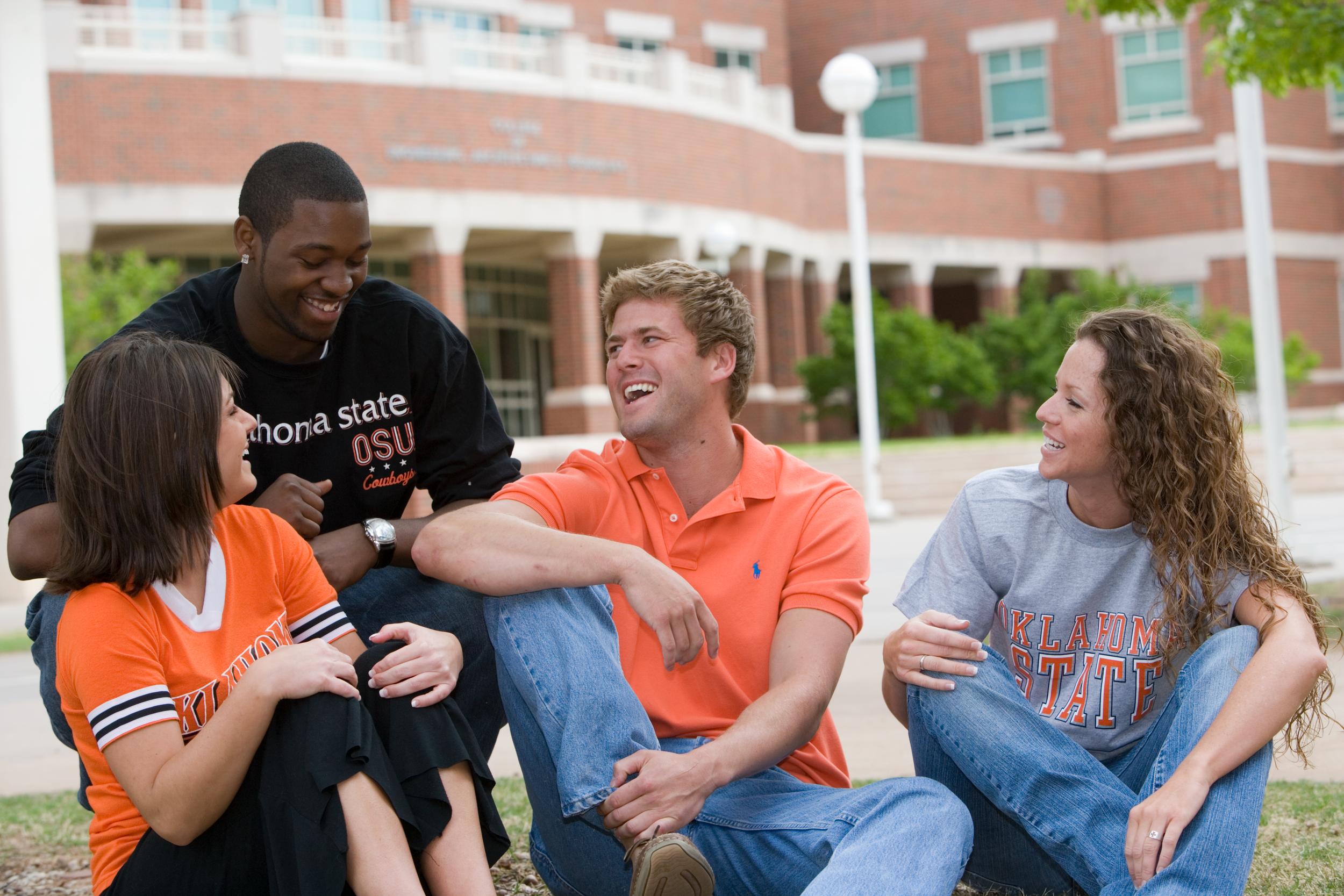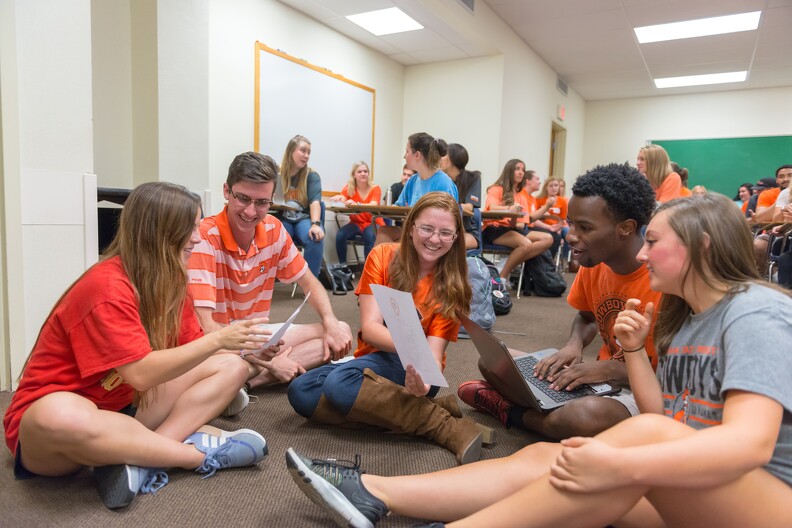15.1 Communicating in Small Groups
Click below to play an audio file of this section of the chapter sponsored by the Women for OSU Partnering to Impact grant.

“Never doubt that a small group of thoughtful, committed citizens can change the world. Indeed, it is the only thing that ever has.” -Margaret Mead
When you think of small groups, you probably think of the much dreaded “group assignment” that you’ve endured in high school and college. You are less likely to think of the numerous other groups to which you belong that bring more positive experiences, such as your family and friendship groups or shared-interest groups. Group communication scholars are so aware of this common negative sentiment toward group communication that they coined the term grouphate to describe it. Susan M. Sorensen, “Group-Hate: A Negative Reaction to Group Work” (paper presented at the annual meeting of the International Communication Association, Minneapolis, MN, May, 1981). Small groups, however, aren’t just entities meant to torture students; they have served a central purpose in human history and evolution. Groups make it easier for us to complete a wide variety of tasks; help us establish meaningful social bonds; and help us create, maintain, and change our sense of self (Owen Hargie, Skilled Interpersonal Interaction: Research, Theory, and Practice, 5th ed. London: Routledge, 2011, 433). Negative group experiences are often exacerbated by a lack of knowledge about group communication processes. We are just expected to know how to work in groups without much instruction or practice. This lack of knowledge about group communication can lead to negative group interactions, which creates a negative cycle that perpetuates further negative experiences. Fortunately, as with other areas of communication, instruction in group communication can improve people’s skills and increase people’s satisfaction with their group experiences.

The excitement of a new group project in his speech class had Pistol Pete eager to dive in, brainstorm ideas, and collaborate with his group members. However, his enthusiasm was met with silence. Despite his numerous texts and messages on the group discussion board, his teammates had yet to respond.
Faced with this challenge, Pete understood that he had to take initiative to ensure the project moved forward. He knew that he couldn’t control the responses of his group members, but he could certainly control his actions.
Firstly, he decided to schedule a group meeting. He sent out an email proposing a few different times and days, hoping that providing options would accommodate everyone’s schedules. He emphasized the importance of starting early on the project and the benefits of brainstorming together.
Next, he reached out individually to each member. Sometimes, personal communication can be more effective than group messages. He asked about their schedules, preferences for project roles, and initial ideas for the project.
While waiting for responses, Pete took the initiative to start brainstorming ideas for the project himself. He outlined potential topics, research resources, and a tentative plan of action. He shared this preliminary work with the group, hoping it might spark ideas and kickstart the conversation.
Recognizing that everyone might not be comfortable speaking up in a group setting, Pete suggested creating a shared document where everyone could contribute ideas at their own pace. This way, everyone had an avenue to contribute, and the collective thoughts of the team could start to take shape.
Finally, he considered that his peers might be overwhelmed or unsure about the project. So, Pete offered to help them understand the project better and encouraged them to ask questions. He tried to foster an open and supportive group environment, where everyone felt comfortable sharing their thoughts and concerns.
Throughout this process, Pistol Pete was proactive and patient, understanding that good teamwork often requires good leadership. He was confident that with persistence and a positive attitude, he would be able to rally his group and get the project on track. After all, being a Cowboy wasn’t just about spirit and pride, but also about resilience and determination.

